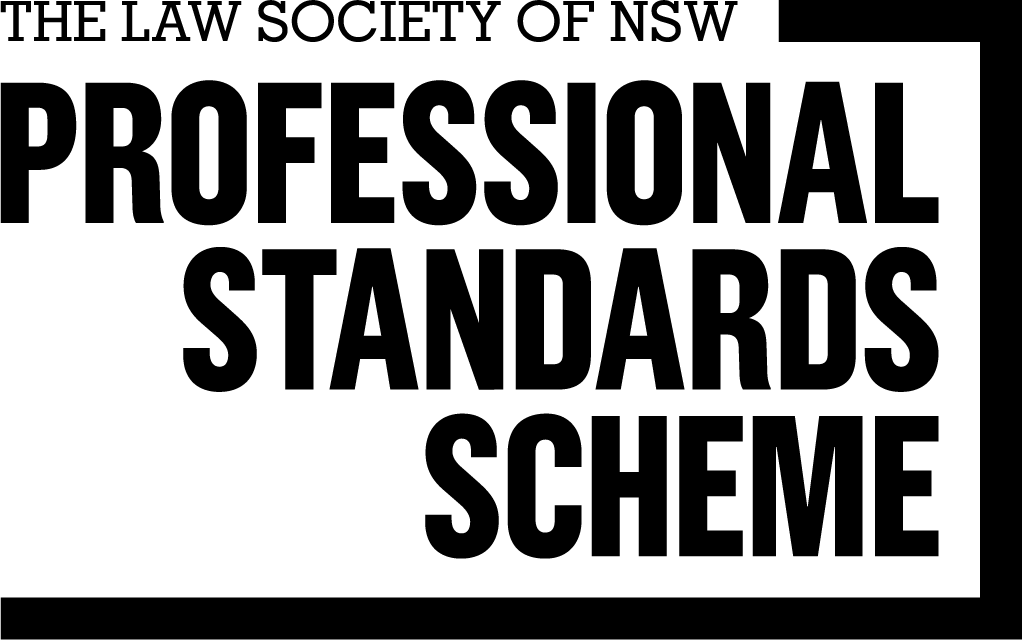The decision by VCAT in Q St Kilda Tenancy Pty Ltd v Kane [2023] VCAT 75 was a harpoon to the heart of the landlord. The immediate effect of the decision will likely be to deprive tenants of protection from excessive rent increases.
In this case the parties agreed that the rent would be increased annually in accordance with uplifts in the CPI, provided that the extent of the uplift was capped at 4%.
Section 35(2) of the RLA provides that only one method of review can be used on each rent review, that method to be one of:
(a) a fixed percentage;
(b) an independently published index;
(c) a fixed annual amount;
(d) a current market rent; or
(e) a formula prescribed by the Regulations.
Section 35(7) goes on to provide that if the rent review method in the lease does not comply with the above requirement, the rent is to be the market rent.
It is safe to assume in this case that the market rent of the premises declined from the rent that was agreed at the commencement date, and that the tenant then leveraged the RLA for commercial advantage.
The tenant argued that the rent review mechanism in the lease provided for 2 methods of review: an independently published index (CPI); and a fixed percentage (4%). This therefore breached the prohibition summarised above, with the result that the rent would have to be redetermined as the market rent.
At para [41] of the judgement the Tribunal agreed:
“I consider that the wording of Clause 14.1.1 refers to more than one method or formula for calculating the rent as it requires an assessment of rent after the application of the CPI and then an assessment of that rent to ensure it is not greater than an increase of 4%, and if it is, it is then limited to a 4% increase, which is an alternative calculation; it is not the application of the CPI formula but the application of fixed percentage. Any rent review which involves having regard to more than one method of rent review calculation must fall foul of the terms of s 35(2)”.
The decision was a harpoon to the heart of the landlord, because the landlord did the tenant a favour by agreeing to limit the effect of CPI increases, only to find that the tenant weaponised the favour in order to murder the landlord on rent.
It makes me laugh out loud when the retail legislation is used to deprive tenants of real and legitimate commercial benefits.
While the Tribunal’s analysis of the lease provision is clearly sustainable, I respectfully suggest that it is not the correct approach.
When you think about it, the provision in fact applies only one method of review: CPI. The 4% cap is not a second method of review. Rather, it is a method for limiting the effect of the review.
The Tribunal could have applied the RLA to the lease on the basis that a single method of review applied, subject to a cap for the benefit of the tenant. Ironically, it instead applied s35(2), (which calls for one method of review to be applied), in such a way that 3 methods of review had to be used.
Without wanting to drill too far into the principles that are applied to statutory interpretation in Australia, it is fair to say that the meaning of a statute must be obtained by consideration of the language of the enactment viewed as a whole, and by an examination of the context of the provision.
When we look at the Victorian RLA, the main purpose of the Act is described in section 1: to provide “a new scheme to enhance (a) the certainty and fairness of retail leasing arrangements between landlords and tenants…”. When viewed as a whole, the RLA imposes a raft of obligations and restrictions on landlords, with the evident purpose of achieving more transparent and favourable outcomes for tenants than would be otherwise available. Presumably, those provisions promote “fairness of retail leasing arrangements” by addressing a perceived imbalance in the economic and bargaining strength enjoyed by landlords.
It is hard to see how this main purpose is achieved when a certain and fair lease provision is interpreted in such a way as to achieve an uncertain and unfair outcome. That is, a rent review mechanism (CPI capped at 4%) that provided a certain outcome for the parties, and a fair outcome for the tenant, (since its risk was protected and limited at 4%) was replaced by an uncertain rent review method (market rent) which would likely deliver an unfair outcome to the landlord.
Further, there is now a risk that provisions of this type could be used by landlords as a sword. There would appear to be nothing standing in the road of a landlord offering a tenant a Y1 rent at below the market, in order to induce the tenant to take the lease. The landlord could cynically look after the unsuspecting tenant by capping the CPI increases at 4% “so as to protect the tenant from the risk of unexpectedly high CPI uplifts”. The landlord could then ride the decision in Q St Kilda into VCAT and substitute the original soft rent for a higher market rent.
Alternatively, if the rent review provision had imposed a market rent review, with any increase capped at 4%, the landlord could obtain an order from VCAT removing the cap, and expose the tenant to the uncapped risk of the market review.
It is hard to see how the application of s35 in this way provides assistance to the tenants the legislation is designed to protect.
At best, the effect of the decision will be to deprive tenants of the protection they might have been otherwise able to negotiate for a cap on rent increases. That is, the decision has the effect of depriving tenants of a material protection that would have been otherwise available to them.
In part, responsibility for the decision is attributable to the ineptitude of the conception and drafting of the Victorian RLA. I have spoken before about the propensity of the Victorian regulator to ramp up restrictions on landlords with the unintended consequence of throwing out the baby with the bathwater.
By way of comparison, the provision in the lease in this case could not have been void under the comparable provisions in NSW (s18) and Qld (s27).
NSW s18 says that a lease provision is void to the extent that it “provides for base rent to change…in accordance with whichever of 2 methods of calculating the change would result in the higher or highest rent”.
There is nothing in that provision to invalidate a limiter being imposed on a rent increase. And what harm is done to the tenant by provision that limits the effect of a rent review?
Section 27 in Qld is disturbingly similar to s35 in Vic, except that Qld contains s27(10): “Nothing in this section prevents a …lease limiting the amount by which the rent payable under the lease may be increased”.
I am struggling to understand why the Victorians think it is a good idea to deprive tenants of the right to a limiter on the effect of rent increases. Maybe tenants can dwell on that during their 14 day disclosure period.
Download PDF here – Victorian RLA makes life harder for tenants (again)
Speirs Ryan is a Sydney based boutique property law firm with national coverage. The firm is uniquely placed with specialist teams in both property transactions and strata law.
Disclaimer: This article is a general summary with focus on issues of interest to the authors. It is not intended to be used as legal advice.






